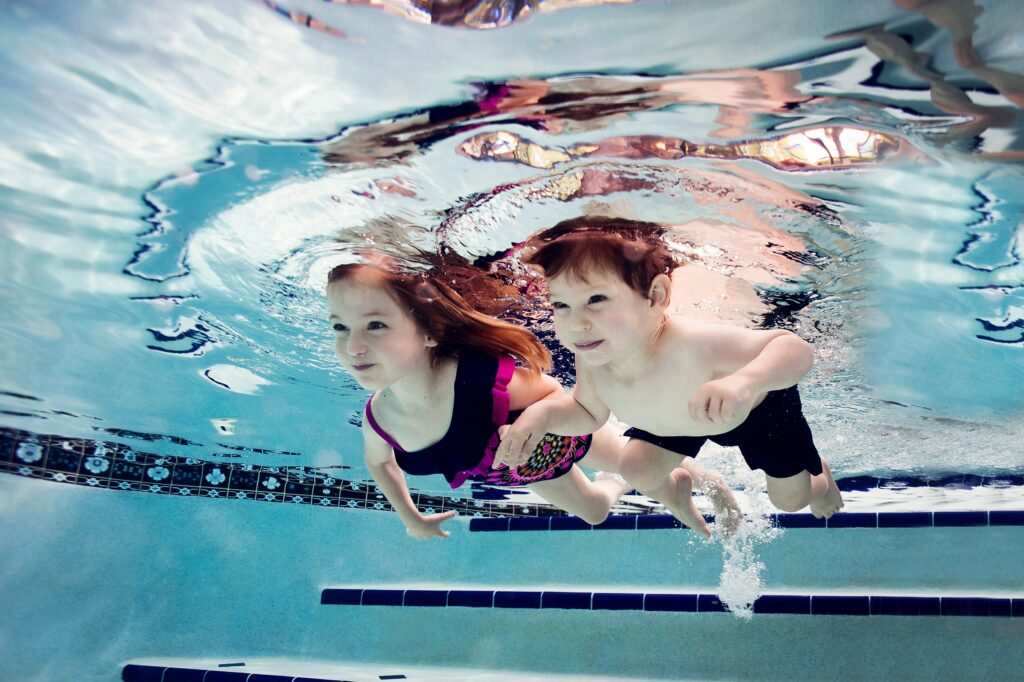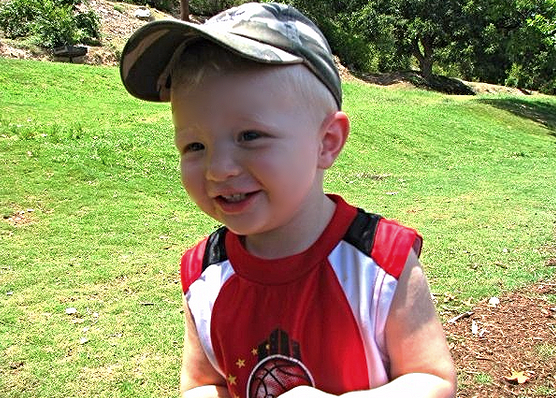Frequently Asked Questions
Most frequent questions and answers
Why are lessons so expensive?
Lessons are private, one-on-one lessons with Katja. Less expensive lessons are most likely group lessons, and are not tailored to your child’s specific needs. This typically means that your child will need less lessons with Kinder Swim than with other programs, which often times makes Kinder Swim the less expensive option, overall. With Kinder Swim, no two children’s lessons are the same because each child comes to Kinder Swim with different swimming experiences, capabilities, etc. Private swim lessons are a financial and time commitment, so Kinder Swim encourages potential new clients to do their research on other swim programs in the area and ask questions.
Why should I choose Kinder Swim?
In addition to receiving child-specific lessons each day, your child will know how to survive aquatic accidents without anyone’s assistance. The independence part is critical since it takes no time at all for a child to sneak away from an adult and go into a pool or body of water.
- You want your child to learn how to swim and float in weeks, not years
- You want your child to enjoy swimming while staying safe
- You are ready to make a commitment to your child’s safety, health, well-being, and aquatic future
- You or your family/friends live near pools or bodies of water and/or you like to vacation around water
What can infants and toddlers/children learn?
Ages 9 months through approximately 16 months (crawling and beginning to walk): Children who are too young to walk fully on their own, are taught to roll themselves onto their backs into a stable float so they are able to breathe until someone comes to their aid.
Ages 16 months and older (fully walking independently): Children who are fully walking are able to learn the full swim-float-swim sequence. This means that your child will learn how to swim efficiently and properly with their head down and eyes open. Once they feel they need air and/or are becoming fatigued, they roll themselves onto their backs to take a few breaths while resting, and if comfortable enough, turn back over to continue swimming. Your child repeats this process until they reach their destination, such as the end of the pool where they can at that time get themselves out of the water on their own.
Why are lessons only 10 minutes long?
In order for children to learn and retain the skills to be a proficient swimmer in a timely fashion, consistency and frequent repetition are key. In addition, since lessons are private, your child does NOT spend any time waiting on the side of the pool for their turn. Ten minutes of continuous work and swimming is extremely tiring. Think about how you would feel after swimming for 10 minutes straight.
Besides the lessons being private, what makes Kinder Swim different from other programs?
Kinder Swim teaches children the skills first, and fun afterwards. Comfort and enjoyment will follow naturally once the skills to keep your child safe and independent in the water, are mastered. Kinder Swim is based on the belief that learning to swim is a life or death skill that all children should possess. Having fun is always great, but keeping children alive and safe is much more important. The learning process is often difficult as it involves breath control, propulsion, rotation, and floating. Children who can only “swim” in flotation devices or when they are able to touch the bottom of the pool, do not truly know how to swim.
What if my child is afraid of the water?
The more exposure a child has with a large body of water, like a pool, the better. The most beneficial way to help a child overcome their fear of water is by enrolling them in swim lessons and giving them the ability to become comfortable and safe in the water.


